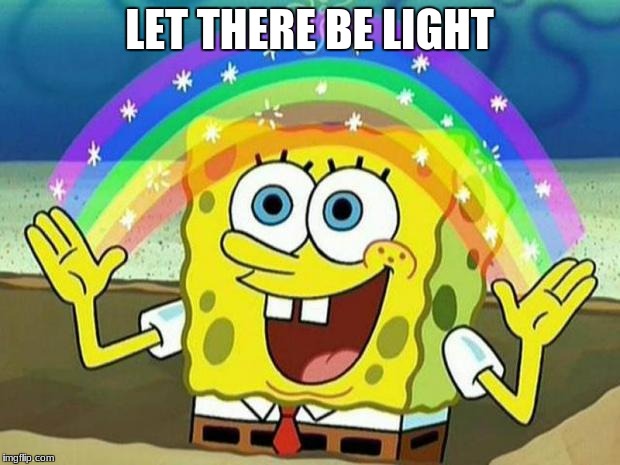What is Code? Computational Signification?
Instructor: Irene Fubara-Manuel
Week 2
What types of code are in “What is Code?”
Many Types

Codes—by name and by matter—are what determine us today, and what we must articulate if only to avoid disappearing under them completely
Friedrich Kittler (2008, p.40)
Code (or, How You Can Write Something Differently)
Etymology of Code
- Codicilla: Orders of the Emperor
- Caudex/Codex: A book of Law
- Codification: A juridical-bureaucratic act
- Coding and Decoding cryptographic information
Friedrich Kittler (2008)
Code (or, How You Can Write Something Differently)
Code as Algorithm
A specific process with enough detail to allow the instructions to be followed. […] just a precise way of explaining how to do something.
Reas, et al. (2010, p.13)
The Four Qualities of Algorithms
- There are many ways to write an algorithm.
- An algorithm requires assumptions.
- An algorithm includes decisions.
- A complex algorithm should be broken down into modular pieces.
Code as Perfomative Utterance
Code has become arguably as important as natural language because it causes things to happen, which requires that it be executed as commands the machine can run. Code that runs on a machine is performative in a much stronger sense than that attributed to language.
Katherine Hayles (2005, p.49-50)
My Mother Was a Computer
Code is the only language that is executable.
Alexander Galloway (2004, p.165)
Protocol: How Control Exists after Decentralization

Judith Butler (1997, p.50-51)
Excitable Speech: A Politics of the Performative
Must code be executable to be code?
Code as Computational Signification
Code works by being coded, and this code is encoded, that is, it is less than obvious or immediately legible. […] Without the ‘coding of code’, code has no force and it does not ‘execute’.
Adrian Mackenzie and Theo Vurdubakis (2011, p.7)
Codes and Codings in Crisis Signification, Performativity and Excess
Source code: The form of a program that is input to a compiler or translator [interpreter] for conversion into an equivalent object.
John Daintith and Edmund Wright (2008)
A Dictionary of Computing (6 ed.)
Human Language as a Metaphor For Code
In what ways does code differ from human language?

Coding in the Arts
Sol Lewitt, Instructions by Sol LeWitt for the exhibition Drawing Now: 1955-1975,

Coding in the Arts
Vera Molnar, Toward Aesthetic Guidelines forr Paintings with the Aid of a Computer, 1975


Lingo and ActionScript, Java and Processing
- Dynamic
- Dynamically typed
- It’s functional and object-oriented
- It fails silently
- It’s deployed as source code
- It’s part of the web platform
And in the js runtime environment in Node.js
The Nature of JavaScript
Axel Rauschmayer (2014)
// Two slashes start single-line comments var x; // declaring a variable x = 3 + y; // assigning a value to the variable `x` foo(x, y); // calling function `foo` with parameters `x` and `y` obj.bar(3); // calling method `bar` of object `obj` // A conditional statement if (x === 0) { // Is `x` equal to zero? x=123; } // Defining function `baz` with parameters `a` and `b` function baz(a, b) { return a + b; }
Basic Syntax, Axel Rauschmayer (2014)
| Data Type | Values |
|---|---|
| Booleans: | true or false |
| Numbers: | Integers 1023 |
| Floats 7.851 | |
| Strings: | ‘hello’ or “hello” |
| Plain objects | { firstName: ‘Jane’, lastName: ‘Doe’ } |
| Arrays: | [ ‘apple’, ‘banana’, ‘cherry’ ] |
var x; // Declaration x = 12; // Assignment var x = 12; // Shorthand
Variables, McCarthy, et. al (2016)
A variable created inside a block (code enclosed within braces: { and }) exists only inside that block.
Global vs Local Variables
McCarthy, et. al (2016)
ellipse(width/2, height/2, 100, 100); // What is the slash after width
P5-Specific Variables
| Symbol | Operation |
|---|---|
| + | Addition |
| − | Subtraction |
| * | Multiplication |
| / | Division |
| = | Assignment |
!: PEMDAS (Parentheses, Exponents, Multiplication, Division, Addition, Subtraction) when using arithmetics
| Symbol | Operation |
|---|---|
| > | Greater than |
| < | Less than |
| >= | Greater than or equal to |
| <= | Less than or equal to |
| == | Equal to |
| != | Not equal to |
- Make an algorithm to draw your object like Sol Lewitt.
- Create your object according to the rules you set.
Using variables and maths make a simple object

Repetition and For Loops
- Create two fabric patterns using loops
- Complete readings for next week
- Have you started your research yet?